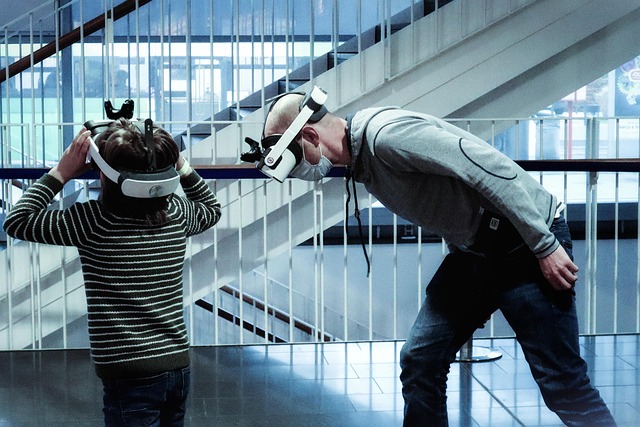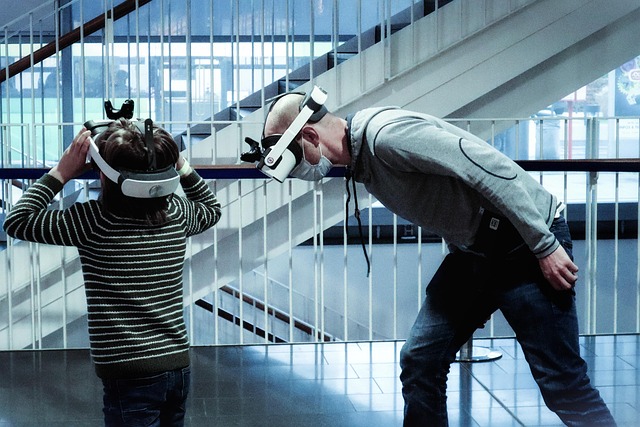
Diving into the Future: Exploring VR Software and the Metaverse
Diving into the Future: Exploring VR Software and the Metaverse
As technology continues to advance at a breathtaking pace, the realms of virtual reality and augmented reality have surged into mainstream consciousness. At the heart of this revolution lies VR software, which is not only redefining how we experience digital environments but also paving the way for the much-anticipated metaverse.
Understanding Virtual Reality
Virtual reality immerses users in a completely digital environment, allowing them to interact with 3D spaces and simulate real-world scenarios. With VR software, the line between reality and the digital realm blurs, inviting users to step into worlds that were previously confined to our imaginations. Whether it’s exploring distant planets, attending concerts, or participating in training simulations, VR brings opportunities to life in remarkable ways.
The Augmented Reality Advantage
On the other hand, augmented reality overlays digital content onto the real world through devices like smartphones and AR glasses. This fusion creates an interactive experience that enhances our perception of reality instead of replacing it. Popular applications include mobile games like Pokémon GO, where users can catch virtual creatures in their backyards, and various industrial applications that assist in maintenance and training through visual overlays.
The Metaverse: A New Frontier
The concept of the metaverse represents the next evolutionary step in our digital journey. Envisioned as a collective virtual shared space, the metaverse combines aspects of the physical and digital worlds. Here, VR software plays an essential role by enabling users to socialize, work, and play in an interconnected environment. Imagine attending virtual meetings that feel as tangible as face-to-face interactions or exploring vast landscapes alongside friends, regardless of geographical barriers.
Empowering Creativity and Collaboration
The possibilities within the metaverse are boundless. Artists can create immersive experiences, allowing visitors to walk through their art installations, while developers can use VR software to build environments that facilitate collaboration across borders. This has significant implications for various sectors, from education to entertainment, offering innovative ways to learn, create, and connect.
Challenges in the Journey Ahead
While the potential is immense, challenges remain. Issues surrounding data privacy, user safety, and accessibility must be addressed to ensure a welcoming and nurturing space for all users. As this technology evolves, it will be imperative to create guidelines and standards that prioritize user experiences and ethical considerations.
As we stand on the precipice of this exciting era, embracing VR software, augmented reality, and the burgeoning metaverse is not just an option—it’s an imperative for those ready to engage with a future teeming with possibilities. Dive in, explore, and become a part of this incredible journey into realms uncharted!



